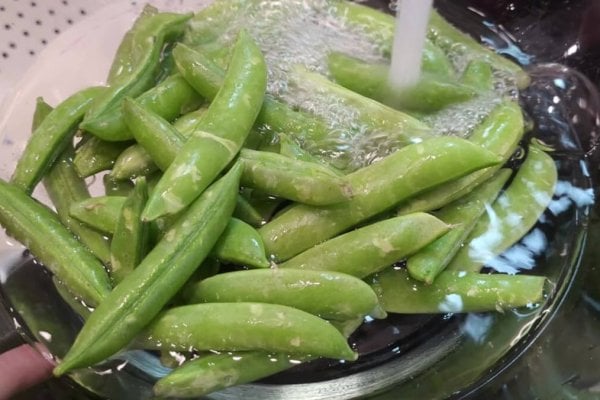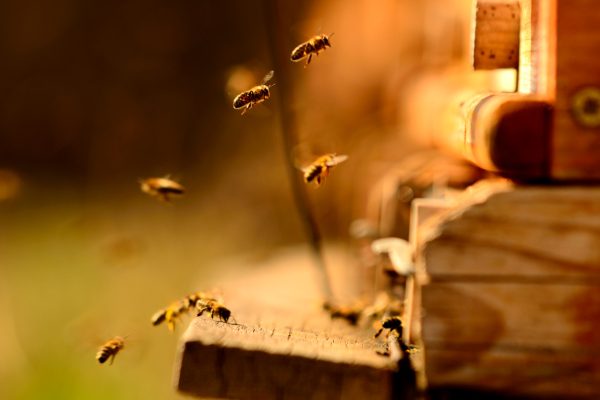Did you know that the borage plant, also known as Borago officinalis, offers a multitude of benefits for your health and garden? From its beautiful star-shaped blue flowers to its rich source of gamma-linolenic acid (GLA), this versatile herb is a must-have in any garden.

Use this guide to learn the numerous benefits of the borage plant and expert tips on how to cultivate it successfully in your garden.
Table of Contents
ToggleWhy I Love the Borage Plant
I love using herb medicine at home (If you’re new to herbal remedies, I recommend checking out this post on how to start using medicinal herbs). I’ve been growing medicinal herbs in my cottage garden for years, creating many herbal remedies for my homemade first-aid kit.
Like yarrow, borage is a plant that I’ll grow forever! It’s fantastic for its anti-inflammatory properties as well as respiratory support (more on these below).
If you’re looking to grow a cottage garden filled with herbs, borage should definitely be on your list. Once you get borage planted, check out these other medicinal herbs and their uses to fill your garden.
It’s important to note that I am not a certified medical practitioner. This post is not intended to diagnose or treat but is for informational purposes only. Please contact your healthcare professional before introducing new herbal and natural remedies into your wellness routine.

What Is Borage
Borage is commonly referred to by its botanical name, Borago officinalis. The genus name Borago is derived from the Latin word “borra,” meaning “hair,” which refers to the plant’s hairy leaves and stems. The species name officinalis denotes its long history of medicinal and culinary uses.
Borage is a hardy annual herb that grows to about 1 to 3 feet (30 to 90 centimeters) tall. Its fuzzy, gray-green leaves are complemented by beautiful, star-shaped flowers that are predominantly blue but can also be pink or white.
Borage is aesthetically pleasing and offers diverse benefits and applications, making it highly desirable for gardeners, herbalists, and culinary enthusiasts.
Types of Borage
Each type of borage has its own unique appeal, whether it be the intense blue hue of the flowers or the delicate blush pink blossoms. Regardless of the variations, all borage plants share the same fundamental qualities that make them a worthwhile addition to any cottage garden.
| Flower Type | Description |
|---|---|
| Blue Borage | The classic variety with vibrant blue star-shaped flowers. |
| Pink Borage | A softer-hued variation with delicate pink blossoms. |
| White Borage | A pure and elegant variety boasting pristine white flowers. |
| Variegated Borage | A visually striking type with flowers displaying a mix of colors, such as blue and white. |
| Italian Borage | A popular variety in Italian cuisine, known for its large, flavorful leaves and beautiful blue flowers. |


Borage vs. Comfrey
Borage and comfrey are two popular medicinal plants. Before it blooms, borage can look very similar to the comfrey plant, but each has its own unique properties and uses.
It’s important to understand the differences between these plants to ensure you’re using the right one for your specific needs. In summary, borage and comfrey differ in the following ways:
- Usage – Borage is mainly used for culinary purposes, while comfrey is primarily used topically for its skin-soothing effects.
- Plant Parts – Borage leaves and flowers are the main components used, while comfrey utilizes the leaves and roots.
- Health Benefits – Borage is rich in GLA and offers benefits for skin health and hormone balance. (Source) Comfrey has soothing and healing properties for minor skin irritations. (Source)
- Pyrrolizidine Alkaloids – Borage only contains small amounts of pyrrolizidine alkaloids, while comfrey contains much more, which may pose risks with internal use.
Borage Precautions
While the borage plant offers numerous benefits, it’s important to be aware of certain precautions when using this versatile herb. Borage contains naturally occurring pyrrolizidine alkaloids (PAs) in small amounts. Consuming large quantities of borage that is rich in PAs can be harmful to your health, especially for individuals with liver or kidney problems.
To enjoy the benefits of borage safely, it is recommended to use this herb cautiously and in moderation. Incorporate borage into your diet or skincare routine mindfully, ensuring that you consume or use it within the appropriate dosage and frequency.
If you have any existing health conditions or concerns, it is advisable to consult with a healthcare professional before incorporating borage into your routine. They can provide personalized guidance based on your specific circumstances and help you make informed decisions.

Health Benefits of Borage
Borage offers a multitude of health benefits that make it a sought-after herb. It’s rich in fatty acids, including gamma-linolenic acid (GLA), which has been shown to have positive effects on various aspects of our well-being. (Source)
Here are some medicinal uses of borage:
- Skin Health – Fatty acids, such as GLA found in borage, contribute to skin health by supporting moisture retention and promoting a healthy complexion. (Source) Borage oil is often used topically to moisturize and nourish the skin, promoting a healthy complexion and reducing inflammation.
- Cancer Prevention – Borage contains anti-carcinogenic properties to help aid in the prevention of cancer. (Source)
- Inflammation Relief – Borage oil’s anti-inflammatory properties may help reduce pain and inflammation in conditions like arthritis. (Source)
- Respiratory Support – In herbalism, borage leaves have long been used to make herbal infusions to provide relief for respiratory conditions like coughs and colds. This study shows how modern medicine lends credibility to this practice by successfully treating respiratory symptoms with a syrup prepared with borage.

Culinary Uses for Borage
While borage is popular for its medicinal properties, the vibrant blue flowers of borage can be used to garnish a variety of dishes, adding a pop of color and a mild cucumber-like flavor. Borage flowers not only enhance the presentation of your culinary creations but also add a delightful taste that will impress your guests.
- Garnish – Sprinkle the edible flowers on salads, soups, or appetizers for a visually appealing touch.
- Ice Cubes – Freeze the flowers in ice cubes to add a refreshing twist to summer beverages.
- Ice Water – During the hot summer months, add some borage leaves to your ice water for a natural way to cool your body.
- Infused Drinks – Steep the flowers in hot water to make a soothing herbal tea.
- Flavorful Oil – Infuse borage flowers in olive oil to create a unique and flavorful cooking oil.
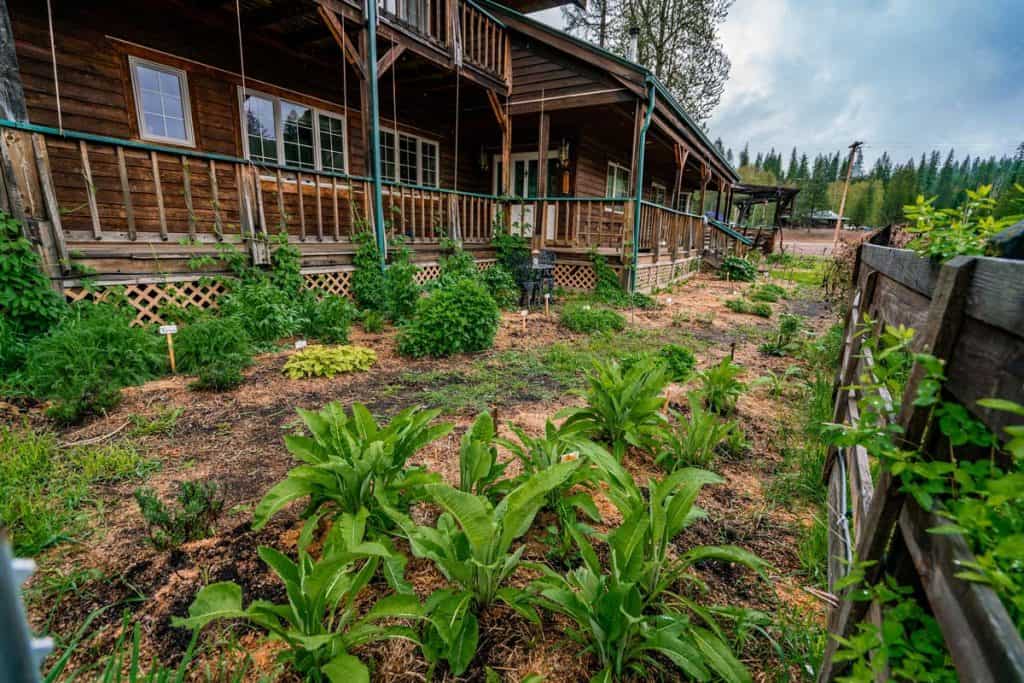
Growing Borage
Growing borage is a straightforward process that can be accomplished by following a few simple steps. Here’s a comprehensive guide on how to successfully plant and cultivate borage in your garden.
Planting Borage
- Sun – Borage plants love full sun, so make sure to choose a spot in your garden that gets at least 6-8 hours of direct sunlight every day.
- Soil – Borage is an easygoing plant that thrives in poor soils, so there is no need for extensive fertilization. Make sure that the soil is well-drained to prevent waterlogging, as borage prefers moist but not waterlogged conditions. If your soil is excessively sandy or heavy clay, you can amend it with organic matter or compost to improve its overall texture and nutrient content. Homesteading Hack: You can test your soil’s pH before planting for the best results, but as mentioned, borage isn’t very picky.
- Seeds – Borage plants don’t typically transplant well, so it’s best to direct sow the seeds where you want the plants to grow. Borage seeds are small, so make sure to plant them at a depth of about 1/4 inch. Borage is also a great option for growing in pots. (Learn how to winterize your plants in pots here.)
- Spacing – Space the seeds about 12-18 inches apart to allow sufficient room for growth.
- Watering – Borage seeds require consistent moisture for successful germination. Water the soil thoroughly after sowing the seeds, and continue to keep the soil consistently moist until the seeds sprout.
- Thinning – As the borage seedlings begin to sprout, thin them out to ensure proper growth and airflow. Thin the seedlings to a spacing of approximately 18 inches apart, removing the weaker plants to allow the stronger ones to flourish.
- Companion Planting – Borage is an excellent companion plant for many vegetables and herbs. It attracts beneficial insects like bees and butterflies, which help with pollination in your garden. Additionally, borage can deter pests like tomato hornworms, making it a valuable ally in natural pest control.
Borage Plant Care
- Watering – Borage plants like to be kept consistently moist, especially during dry spells. Water them deeply once or twice a week to ensure the soil stays damp but not waterlogged, as this can cause root rot. Avoid watering the foliage to prevent the development of fungal diseases. Mulching around the plant can help the soil retain moisture. Homesteading Hack: You can check out our garden watering strategies for more tips on properly watering a garden.
- Weeding – Keep an eye out for weeds that may compete with your borage plants for nutrients. Regularly remove any weeds that pop up around the borage plants to ensure they have access to the resources they need to grow and thrive. Homesteading Hack: You can check out our tips for managing weeds for more information on preventing weeds from growing in the first place.
- Deadheading – Borage plants will start to flower in early summer, attracting pollinators to your garden. To encourage continuous blooming, deadhead the spent flowers regularly.
Harvesting
- Timing – When it comes to harvesting borage, timing is crucial. The leaves and flowers should be harvested when they are at their peak, usually in the morning when the plant is well-hydrated. Gently pluck the leaves from the stem, making sure to leave enough foliage for the plant to continue growing.
- Winter Care – Borage is an annual plant, meaning it completes its life cycle in one year. When the growing season comes to an end, the borage plants will naturally die off. You can then remove any remaining plant material and add it to your compost pile. You may find that a new borage plant comes back the following year from seeds that are allowed to fall to the ground.
- Storing – Once harvested, borage leaves and flowers can be used fresh or stored for later use. If you’re harvesting borage for long-term storage, you can either dry borage using one of these three methods, freeze dry borage using a freeze-dryer, or freeze borage in ice cubes. Whichever method you choose, always remember to store your finished product away from light and humidity.
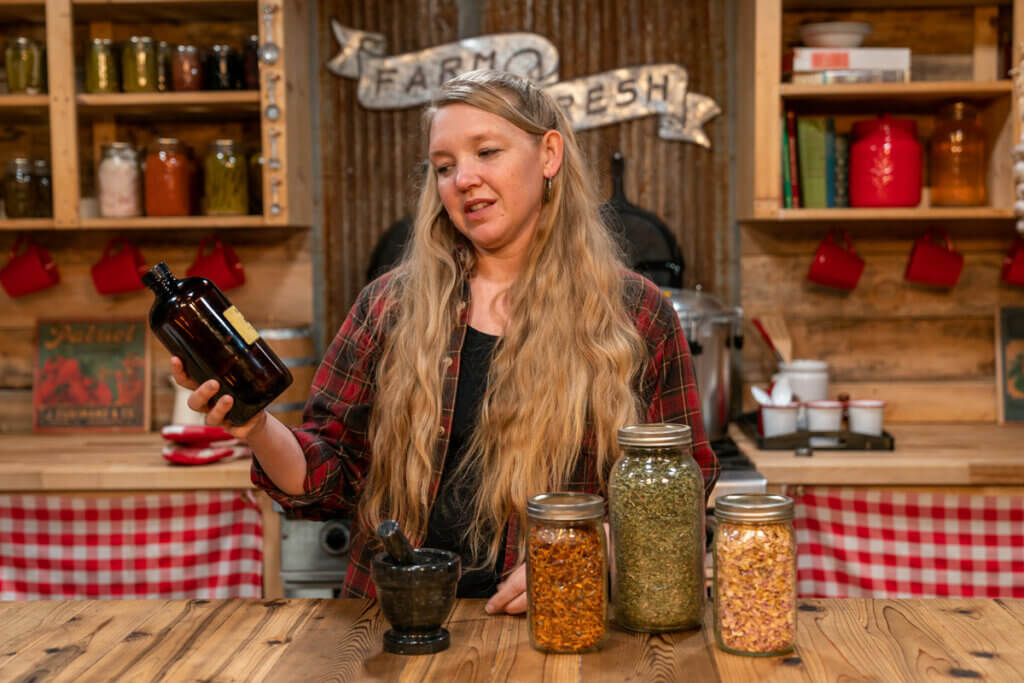
Using Herbal Medicine
With its versatile uses and easy cultivation, borage is a herb worth considering for both culinary and medicinal purposes. So why not harness the benefits of the borage plant and elevate your gardening experience?
If elevating your herbalism knowledge also speaks to you, then the Herbal Medicine Cabinet: Colds and Flu class is designed just for you. When you sign up, you will no longer be wondering…
- Which herbs are you supposed to use for various illnesses?
- Where do you find the best quality herbal medicines?
- Are all herbs safe to treat your family with?
- And so much more!
With a recent update to include flu and flu-like viruses, this masterclass equips you with the knowledge you need to confidently get to work using simple herbs to safely, naturally and effectively treat you and your family.

FAQ
The botanical name for borage is Borago officinalis.
Borage is a hearty plant that does self-seed, so it is important to keep on top of its care if you don’t want it to spread.
No, borage is an annual plant, meaning it completes its life cycle in one year. When the growing season comes to an end, the borage plants will naturally die off. However, it does self-seed quite well, so if conditions are right, a new plant may return in its place.
The borage plant offers numerous benefits, including its rich source of fatty acids like gamma-linolenic acid (GLA), which promotes skin health and reduces inflammation.
There may be different types of borage plants, but they all have star-shaped flowers that are usually blue, white or pink in color. The plant produces small seeds that can be used for culinary and medicinal purposes.
No, borage and comfrey are different plants. Borage is commonly used for culinary purposes, while comfrey is known for its topical use to soothe the skin. It’s important not to confuse the two.
Yes, caution should be exercised when using borage as it contains small amounts of pyrrolizidine alkaloids (PAs). Consuming large quantities of PAs can be harmful, particularly for individuals with liver or kidney problems. It is important to use borage in moderation.
Borage has various culinary and medicinal uses. Its flowers can be used as a garnish for salads, desserts, and beverages. Additionally, borage is a beneficial companion plant in the garden as it attracts helpful insects and repels pests like tomato hornworms.
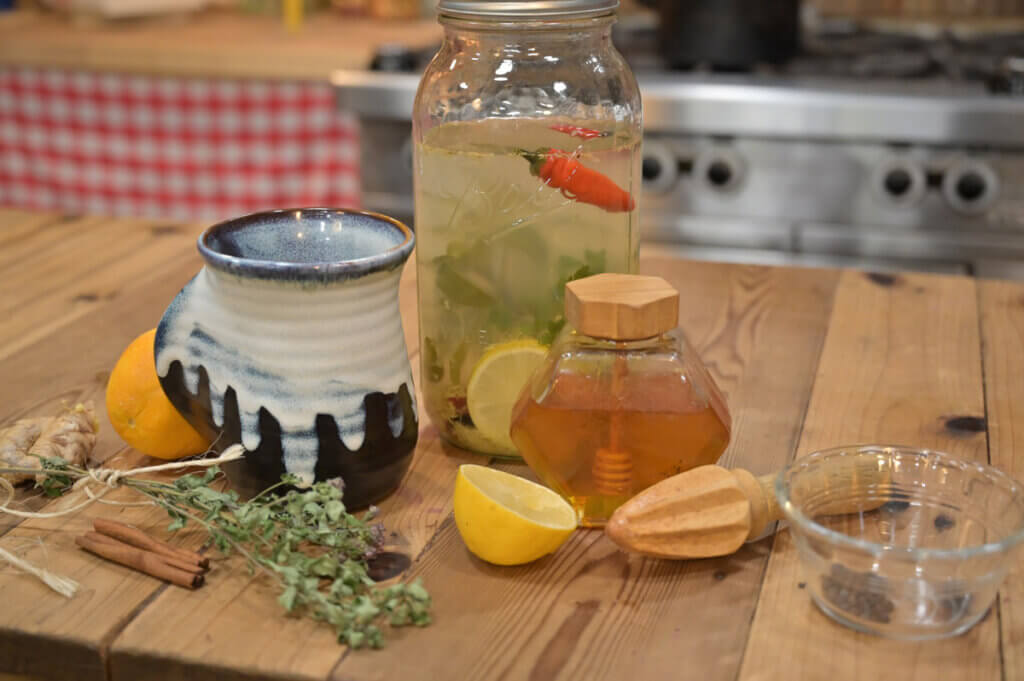
Other Posts You May Enjoy
- How to Use Herb Medicine Safely at Home
- How To Start Using Medicinal Herbs
- 15 Medicinal Herbs To Grow, Harvest & How to Use Them
- Medicinal Herbs & Their Uses
- Using Medicinal Herbs on Farm Animals
- Designing an Old-Fashioned Cottage Garden
- Horseradish Plant Guide: Care, Growth & Tips
- Bee Balm Plant: Grow This Easy-Care Perennial Flower













